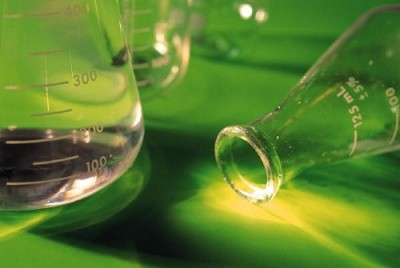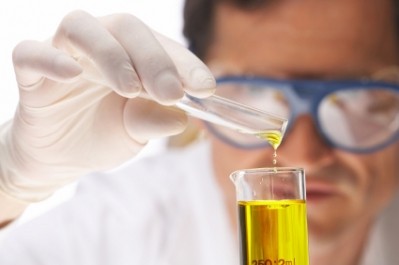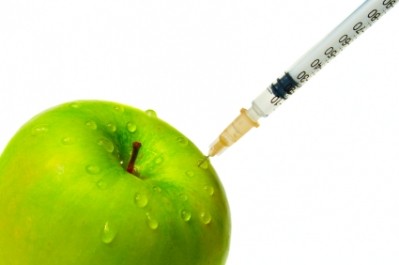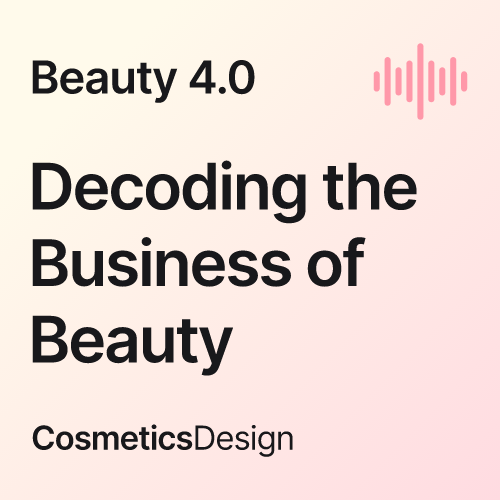What stem cell technology really means to the cosmetic and personal care world, Pt. 2

Speaking to Dr. Fabio Apone, scientific director and co-ordinator at Aterra Bioscience in Italy, we went into more detail about what he says is misrepresentation of the technology, which was underlined in a recent interview published on Cosmetics Design.
In this question and answer interview, Dr. Apone gives his opinion on how this recent article underlines misconceptions about his area of specialization and why the emphasis of working on plant stem cells is so important.
Scientists working to further stem cell technology for skin care often claim the area is often misrepresented by both the media and other skin care development professionals. What response do you have to this?
I agree that the word “stem cell” is often over-used, and the research area itself can be misrepresented. “Stem cell” is a totipotent cell. That means an entity that has the potential to develop a whole organism.
Even though talking about “human stem cells” may arouse some ethical problems, nobody has never addressed any ethical issue while producing a new plant in a pot starting from a small cutting, a common procedure which entirely relies on the capacity of the plant stem cells to produce a new brand plant.
I do not agree with claims made in an interview published on Cosmetic Design on October 6, 2016. Not because of my direct involvement in the plant stem cell field, but because what was stated on the topic was misleading, non-science based and erroneous and a misinterpretation of the results published so far on the use of plant stem cells in cosmetics.
Concepts such as the use of stem cells as live entities on the skin or the induction of “stemness” of the surrounding human skin cells have never been addressed in the cosmetic industry. On the other hand, plant stem cells, grown as cultures, are a biotech tool, has led to certain types of active ingredients that are very suitable for skin care applications thanks to their beneficial and sustainable properties.
I understand that your work has specifically focused on using plant stem cells to develop active cosmetics ingredients, why is this?
We don’t’ exclusively work on plant stem cells, but we explore many other sources of active ingredients for industrial applications. Certainly, ingredients derived from plant tissue cultures - which, beside plant stem cells, also include hairy root cultures, somatic embryos, sprouts - have several real advantages for cosmetics and moreover are becoming very trendy because consumers are more and more aware of the environment and product safety issues.
Where do you see the future of your work with stem cells going? And what kind of skin care solutions might it ultimately lead to?
Plant stem cells are a very versatile system to work with, and it is surprising how many different studies can be performed on them. I am convinced that they represent a valuable solution because of their characteristics of flexibility and handiness. The future is in no doubt going to this direction and it is good to ride this current wave.
But the range of innovative solutions in skin care can continue to grow, thanks to the potential that this system proposes. As examples, plant stem cells can be used as biofactories of new compounds that are difficult to synthesize chemically, or they can be used to produce recombinant bioactive protein with interesting applications, as is currently being done with vaccines or drugs that are produced in bacteria.
Indeed, by producing in plant stem cell cultures, recombinant molecules present less risks of containing bacteria-derived toxic contaminants, which results in lower risks of allergies for patients.
I am convinced that expressing and purifying recombinant proteins from plant stem cells may represent a much safer alternative to the current use of bacteria or yeast through fermentation processes, and this concept can be applied not only in cosmetics, but also in pharmaceuticals, nutraceuticals and food science.
























